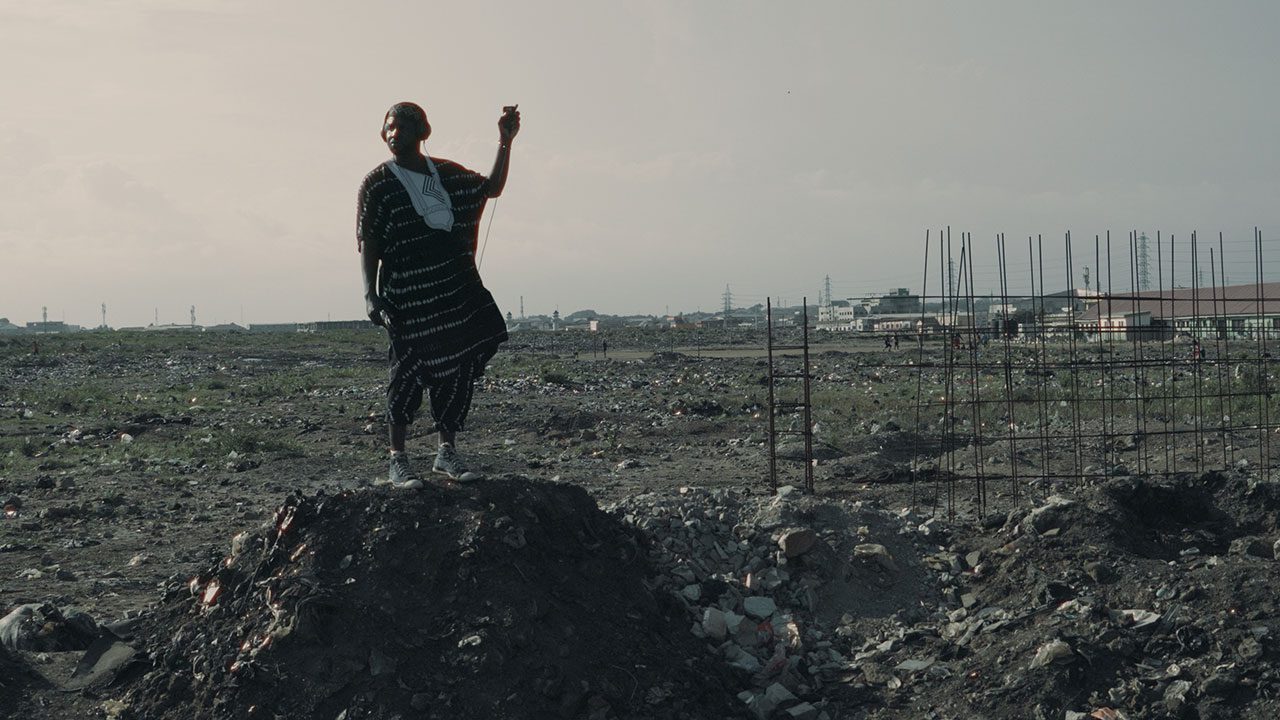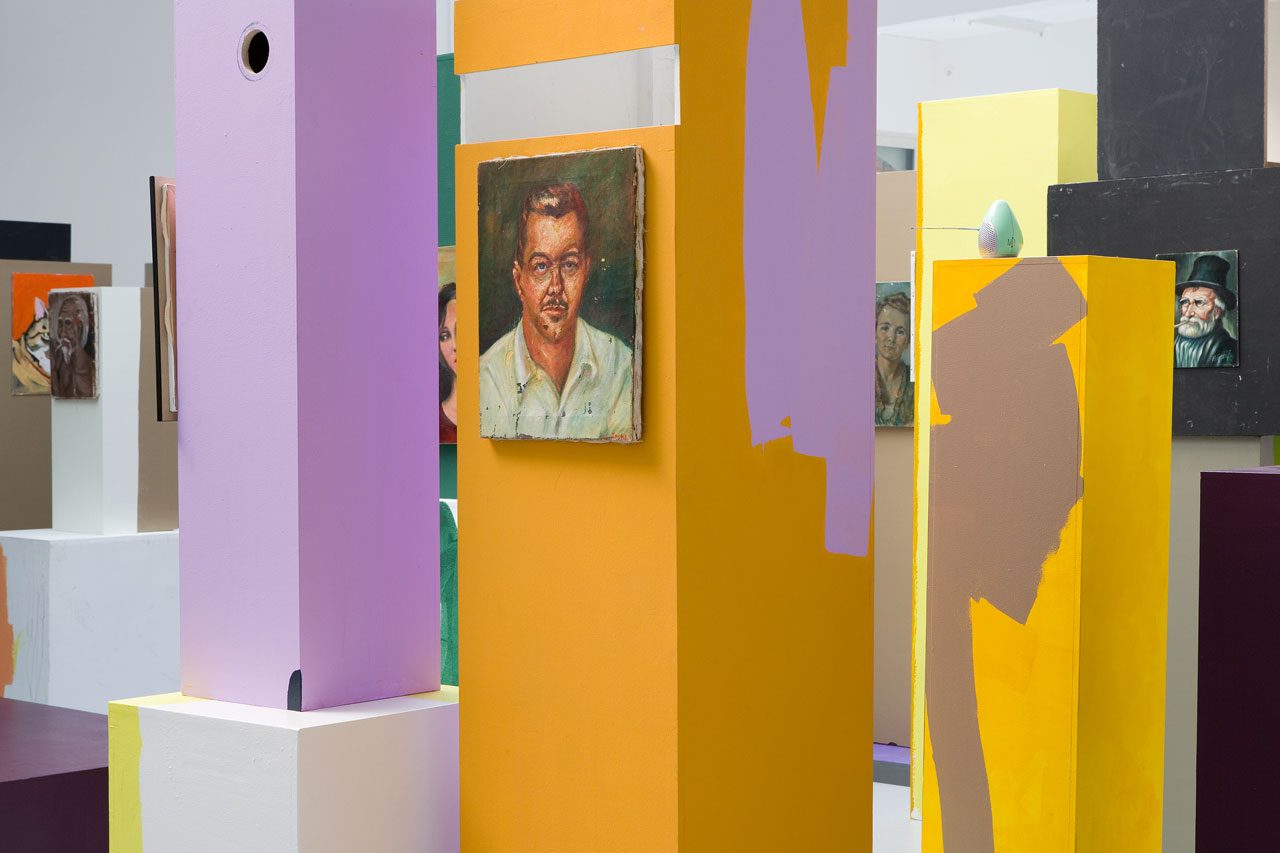PRESENTATION: Accumulation-On Collecting, Growth and Excess
What is the price to pay for the logic of growth? Striving for more is deeply embedded within us. The accumulation of material goods continues to be equated in many societies with progress, prosperity and social advancement. At the same time, awareness of the consequences of unlimited growth is growing – for individuals, communities and the planet. Excessive consumption intensifies the climate crisis, deepens social inequalities and stabilizes (post-)colonial power relations.
By Dimitris Lempesis
Photo: Migros Museum für Gegenwartskunst Archive
The exhibition, “Accumulation – On Collecting, Growth and Excess» examines accumulation as a defining phenomenon of our time in two sequences. Works from the Migros Museum für Gegenwartskunst collection, along with loans and specially produced works explore, among other things, the dark sides of over-consumption and excess in different geographical contexts. In this way, visitors are invited to engage with these challenges and reflect on alternatives. The exhibition takes as its theme the exploitation of people and resources, climatic changes, Eurocentric value systems and museums as institutions for the accumulation of knowledge and power. Ultimately, museums are also shaped by the logic of growth, with an interest in constantly expanding their collections. With storage depots becoming increasingly full, the museums’ mission to preserve relevant artistic positions for future generations is becoming more challenging. Accumulation opens up the space to examine critically this form of museum accumulation and to discuss alternative collection-related practices. The artists in the exhibition respond to the problem of growth in different ways: some deal with it in terms of content, while others develop methodological approaches and strategies that work against the logic of material accumulation, and experiment with new artistic practices. The video work “The Currency – Sensing 1 Agbogbloshie”( 2023) reveals the devastating consequences of over-consumption. It is part of the long-term project “THE CURRENCY” by Elom 20ce, Musquiqui Chihying and Gregor Kasper. The artists focus in their performative field research on the reinterpretation of capitalist forms of currency and global raw material cycles: the path that raw materials take from extraction by way of usage to recycling or disposal. Their research takes them to Agbogbloshie in Accra, Ghana, one of the largest e-waste recycling sites globally. Reto Pulfer presents a multi-part installation consisting of works such as “Erinnerungshaus Demenzraum Material”( 2009-2014), “Muster” (2022) or “Zustandscherme” (2023). The focus here is on ecologically-oriented art production based on the conversion and further processing of used textiles. Old bed sheets, curtain fabrics or worn clothes are dyed, sewn together, linked, embroidered or used for diary entries and sketched ideas. Pulfer creates changeable, tent-like spaces as elements of his own cosmos. Rachel Harrison also works with found materials and everyday objects, which she reuses artistically. For “Trees of the Forest” (2007), she paints plinths from the Migros Museum depot, arranges them in the space as an installation, then combines them with found objects and paintings from flea markets. Her work questions the criteria by which museums select and collect, and the role they play in establishing a canon. Museums are instrumental in determining what is judged outstanding art – what is preserved for posterity. The production and accumulation of material goods not only generate vast amounts of waste, but also exacerbate inequality and discrimination. In her works “Motherboards” (2023), “Golden Spoon” (2021) and “Bread” (2021), Selma Selman discusses ways in which discarded material can be transformed into a valuable resource. Through the recovery of raw materials – in particular the extraction of valuable metals from electronic waste – she questions the extent to which both the precarious labor behind these processes and material goods are assigned economic and cultural value. Her art underlines how stigmatized work and the unwanted remnants of our consumption can be interpreted in new, emancipatory ways. Sung Tieu scrutinizes the significance of Eurocentric notions of knowledge for the emergence of historical power relations, illustrating their profound and lasting con- sequences for the Global South. The work created for the museum, “The Ruling” (2025), reveals how the introduction of the European measurement system to the French colonies of Indochina in 1897 was used as an instrument of colonial exploitation, capital accumulation and control of global trade. The exhibition encourages visitors to reflect on the challenges presented by our growth-oriented society. A wide-ranging program fosters interaction with artists and participants. How would a society look that prioritises the common good, ecological responsibility and social justice, rather than accumulation?
Participating Artists: Cian Dayrit, Nils Amadeus Lange, Jumana Manna, Reto Pulfer, Selma Selman, Stirnimann-Stojanovic, Sung Tieu, Elom 20ce, Musquiqui Chihying and Gregor Kasper. From the Migros Museum für Gegenwartskunst collection: Art & Language, Maja Bajevic, Thomas Bayrle, Maria Eichhorn, Rachel Harrison, Tobias Kaspar, Liz Magor, Tabor Robak and Andy Warhol
Photo: Art & Language, Homes from Homes II, 2000 – 2001, Sammlung Migros Museum für Gegenwartskunst, © Art & Language. Photo: Stefan Altenburger Photography, Zürich
Info: Curators: Tasnim Baghdadi, Michael Birchall and Nadia Schneider Willen, Curatorial Assistants: Linda Addae and Mirta Gianocca, Migros Museum für Gegenwartskunst, Limmatstrasse 270, Löwenbräukunst, Zürich, Switzerland, Duration: 8/2-25/5/2025, Days & Hours: Tue-Wed & Fri-Sun 11:00-18:00, Thu 11:00-20:00, https://migrosmuseum.ch/
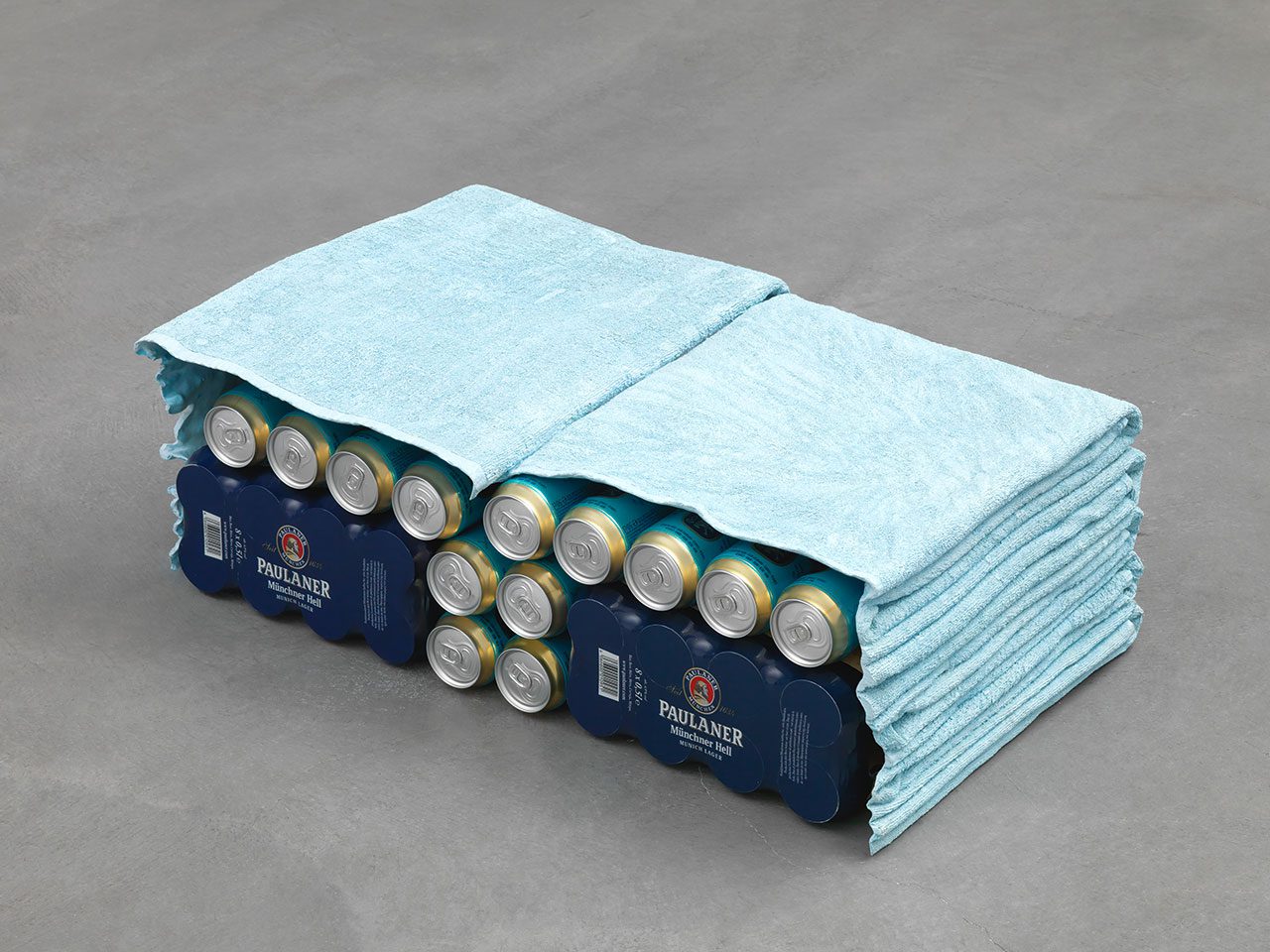
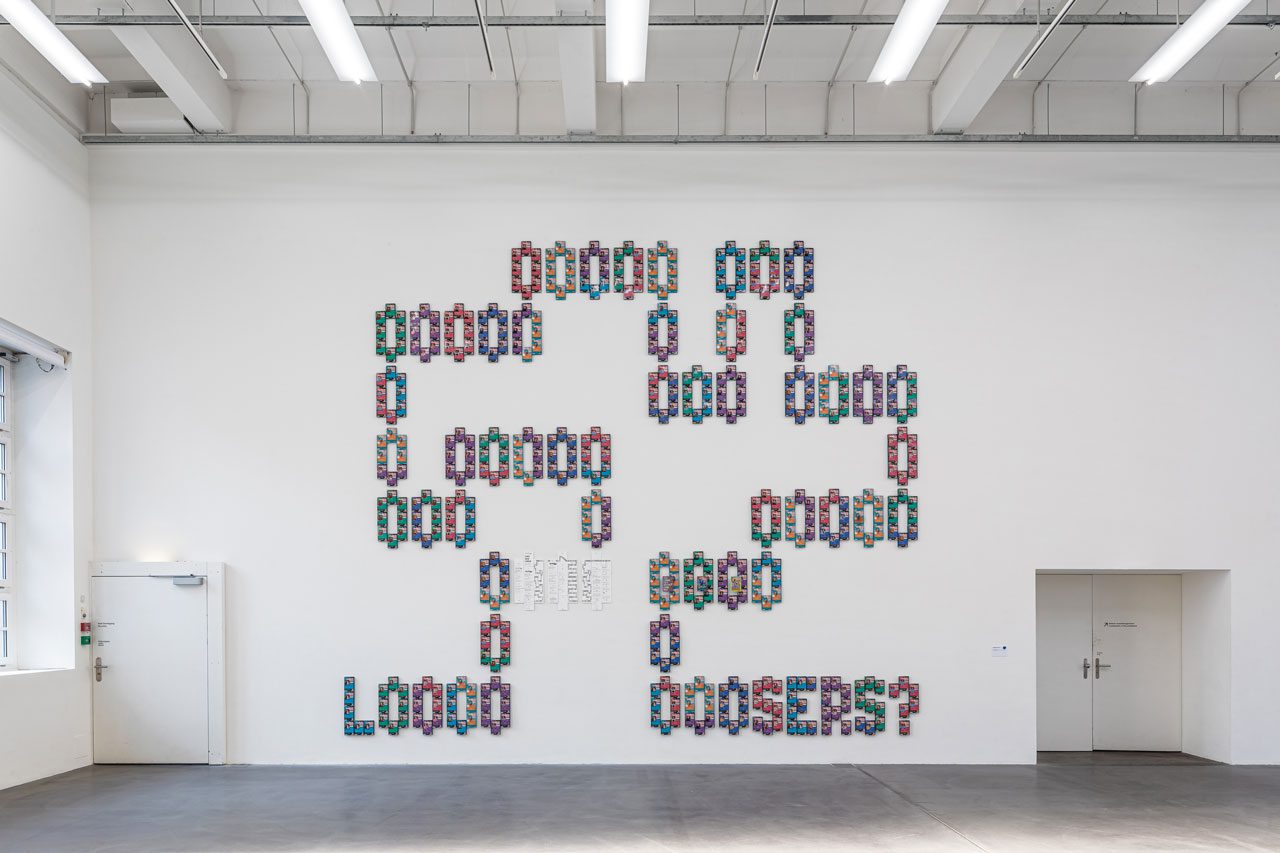
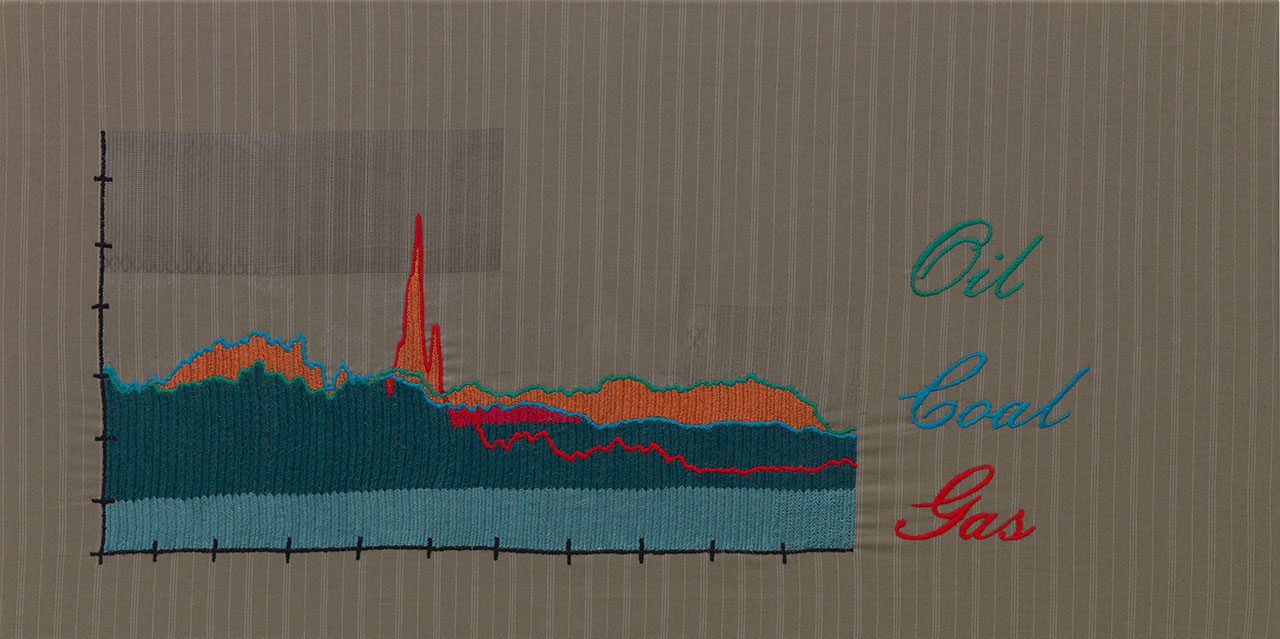
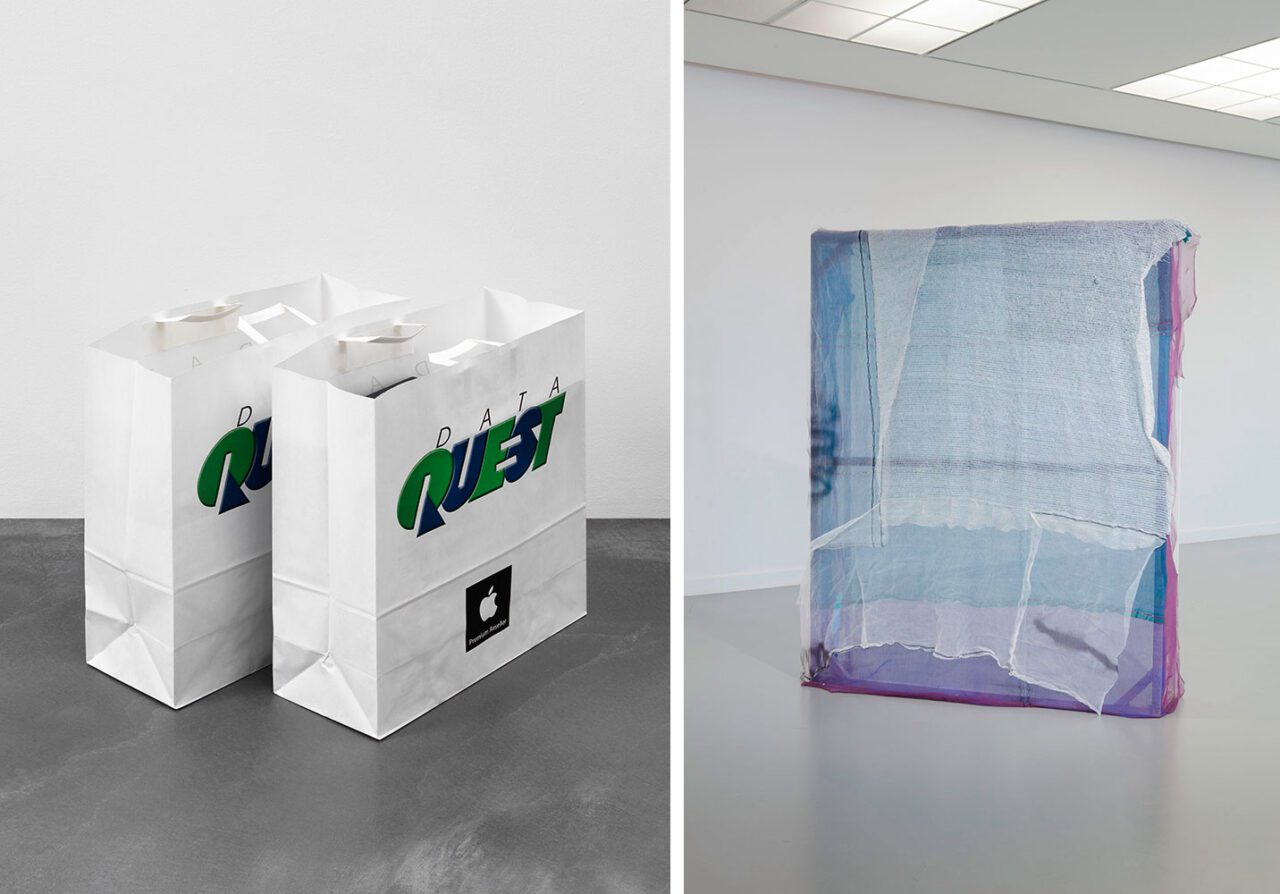
Right: Jumana Manna, Theory of An Unfinished Building (square), 2021, installation view M HKA, Antwerp, Belgium, Courtesy of the artist and Hollybush Gardens, London, © ProLitteris, Zürich. Photo: Glenn Geerinck
